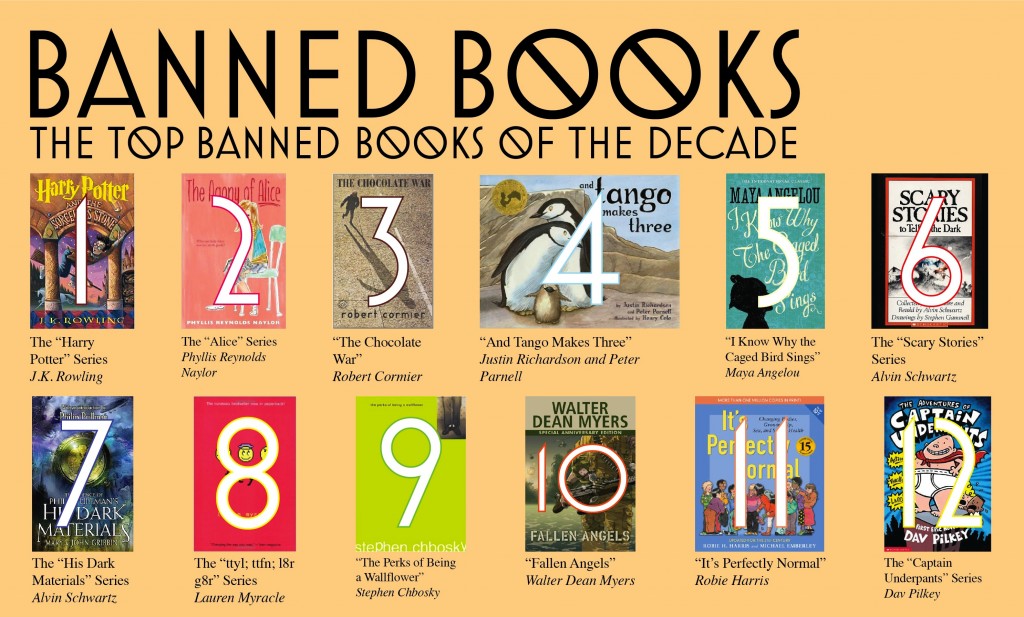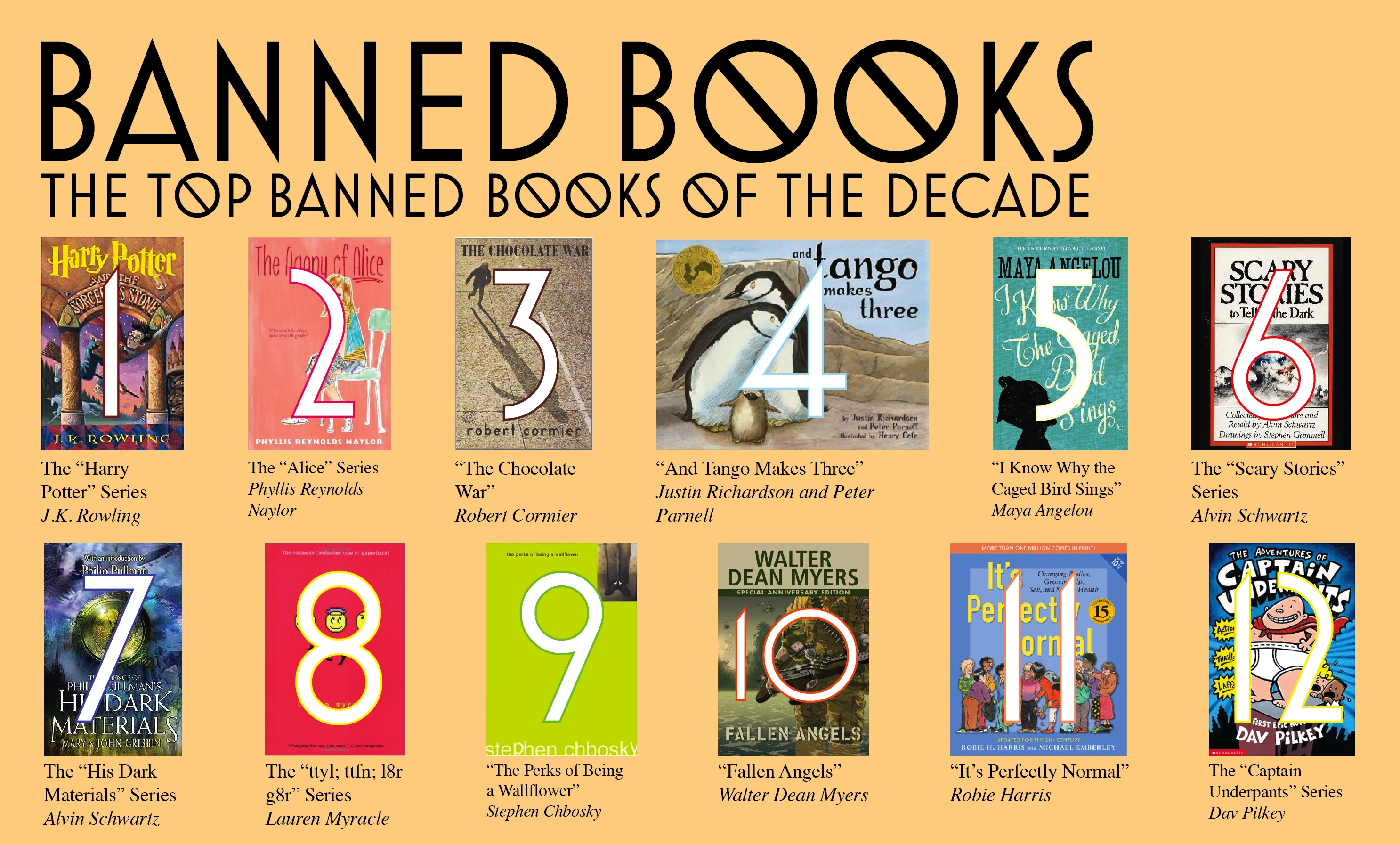
On the eighth floor of the Richter Library, students will see 14 books that used to be banned now quietly lying in glass cabinets. Each of the books are labeled with its author and reasons for censorship.
This display is part of Banned Books Week, which takes place from Sept. 22 through Sept. 26, and celebrates the freedom of ideas and educates on the consequences of censorship. This year is the university’s first time hosting the Banned Books Read Out event on campus. In partnership with the event, Special Collections created an exhibit of banned books that will be on display through Oct. 3.
“One of the things I really love about my job is the chance to take these collections and information that are sometimes viewed restricted to a selected few and pushing them out there to people,” said Jay Sylvestre, a Special Collections librarian.
Sylvestre explained Special Collections is a resource that houses scholarly resources like rare books, manuscripts, photographs and maps.
“One thing we’re trying to do here is let everybody in the university system and the community know that these are their books,” he said. “We’re holding onto them, we’re taking care of them and we’re providing access to them. Anyone can come up here and look at the books, the information, and use them.”
Some of the banned books featured in the collection include works of Shakespeare, like “The Merchant of Venice,” from 1909; two Protestant Bibles that were not approved by the Catholic Church in 1746 and 1860; and modern classics like “A Brave New World,” “The Jungle,” and “Lady Chatterley’s Lover.”
Other antique books in the collection include an edition of “Paradise Lost: A Poem in Twelve Books” from 1760; “Le opere Italiane di Giordano Bruno” from 1888; and “De Anima Brutorum Commentaria” from 1776.
Dean of Libraries Charles Eckman explained that while Special Collections has a digital collection, physical documents like photographs and correspondence are still kept for their value.
“Special Collections has detailed records of our campus in literature and photographs, which is a more natural way for people to obtain information,” he said. “Its meaning is more significant in this digital age.
Cristina Favretto, head of Special Collections, said she hopes the department can be a place where professors and students do research and find references.
“One of the indicators of whether a college is academically strong is its library’s availability to students and width of collection,” Favretto said.
IF YOU GO
What: Special Collections
Where: Richter Library, 8th Floor
When: 9 a.m. to 4 p.m. Monday through Friday







